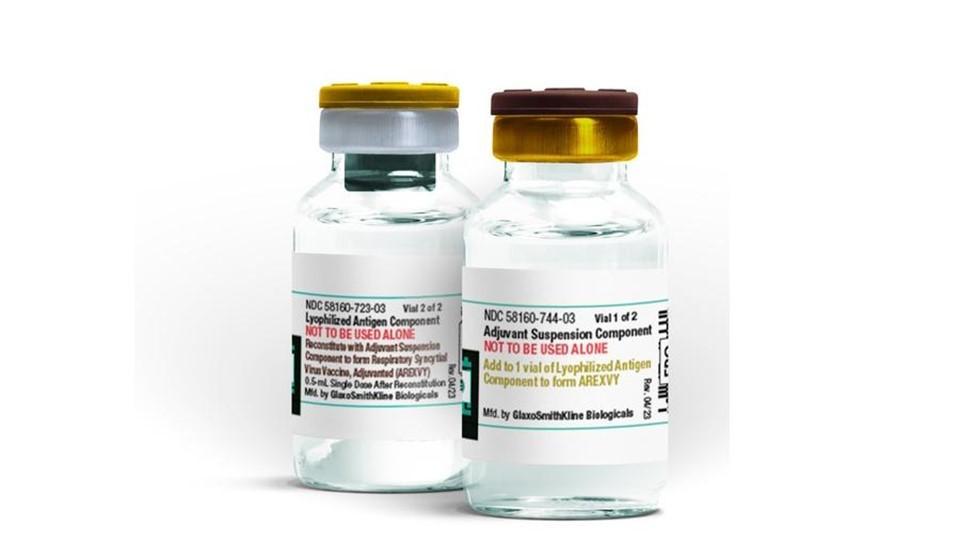Three clinical trial predictions for 2020

New methods for collecting, analysing, and sharing clinical trial data are needed in the era of personalised medicine.
Beginning this year, we’ll see new trial designs being introduced that recognise a larger, broader section of the patient population.
These designs will include longitudinal studies that offer historical patient perspectives, integrate the use of synthetic data based on real-world outcomes and predictive analytics, and combine results from patients across multiple sites – both real and virtual.
New trial designs will usher in a new era of clinical data management
Richard Young, senior VP, clinical data strategy, Veeva
As clinical trials evolve in the age of precision medicine and new trial designs emerge, pharma companies will be called upon to develop new approaches to collecting, using, reusing, and sharing trial data. Single use, throw-away data has been the mainstay within the clinical trial ecosystem, with as much as 80%6 of all data that’s collected being used only once.
In the coming year, we expect to see the growth of reusable data within the industry. EHR data will be combined with data from multiple trials to provide a repository of multi-sourced, multi-purposed data, analytics, and insights. Real-world evidence will be collected and examined throughout a patient’s lifetime to provide an historical perspective.
This data will be applied not only to the individual patient, but also to other patient populations to eliminate redundancy, streamline processes, and reduce trial costs.
Large volumes of data will be captured both from conventional sources, as well as from new sources such as wearables and sensors, enabling more inputs to be operationalised in real-time.
Companies will have greater latitude, not only in determining how trials are run, but also, in making trial design modifications on the fly. This transition from clinical data management to clinical data science will also give rise to a new view of the patient as a key contributor to the data science process rather than as a contributor of fluids and biomarkers.
Synthetic data unlocks the key to greater trial efficiency
Henry Levy, general manager, Veeva Vault CDMS
With today’s emphasis on outcome and value-based payment initiatives, the ability to analyse real-world patient data is important to discovering the best treatments and improving patient outcomes.
EHR and clinical trial data sharing has emerged as a primary way to speed disease diagnosis and treatment. In the coming year, we anticipate the use of synthetic data to increase trial efficiency, reduce costs, and improve outcomes for all stakeholders, as well as safeguard against GDPR compliance risk.
Rather than collecting data from patients assigned to a control or standard-of-care arm, real-world data can be modeled for specific patient groups and potential outcomes.
The use of this synthetic data holds vast promise in determining therapeutic regimens, identifying and mitigating drug side effects, and optimising dosages and synergies in multi-drug therapies.
Synthetic data also has the potential to address compliance risk and privacy concerns. Real-world patient data is often siloed due to privacy concerns, but the use of synthetic data can be more accessible.
While the full ramifications of GDPR within the healthcare industry has yet to be fully understood, one way to avoid potential compliance risk will be through the use of synthetic data.
Innovative patient enrollment and retention techniques will improve trial outcomes
Jim Reilly, VP, clinical market strategy
Low trial enrollment and retention presents a challenge throughout the industry, with up to 90% of studies in the US experiencing significant delays in recruitment and enrollment.2
Nearly one-third of all trials under-enroll, and only 7% meet their target enrollment number on deadline.3
Much of the challenge stems from geographic mismatch of site to patient, poor patient engagement, and lack of trial awareness among patients.
In the coming year, we anticipate that pharma companies will show measurable improvements in enrollment and retention through new methods that bring trials closer to patients.
These include hybrid trial delivery, community-based sites, and digital engagement.
Hybrid trials (as opposed to the all-or-nothing sounding term “virtual”) deliver parts of a trial digitally – from activity trackers and telehealth, to e-consent, ePRO, and social apps.
Another novel idea being tested is the ability to professionalise remote or rural healthcare providers by outfitting them with training and equipment to deliver investigational treatments.
Improvements in social engagement and data access will also drive better trial awareness and retention. All these methods will collectively improve trial enrollment throughout the industry.
Value-added trial designs improve patient outcomes in 2020
New clinical trial approaches will enable a more competitive, innovative, and efficient framework for developing life-saving medicines for a range of patient needs.
While clinical trials are long and complex, innovative companies will leverage the latest scientific advances and systems to streamline investigative approaches and create efficiencies.
References
1. Contract Pharma, “Better Collaboration is Key to Speeding Trials,” October 18, 2019.
2. Dowling NM, Olson N, Mish T, Kaprakattu P, Gleason C. A model for the design and implementation of a participant recruitment registry for clinical studies of older adults. Clin.Trials 2012 Apr;9(2):204-14. PMCID:PMC3325341
3.Strasser JE, Cola PA, Rosenblum D. Evaluating various areas of process improvement in an effort to improve clinical research: discussions from the 2012 Clinical Translational Science Award (CTSA) Clinical Research Management workshop. Clin.Transl.Sci. 2013 Aug;6(4):317-20. PMCID:PMC3740438












